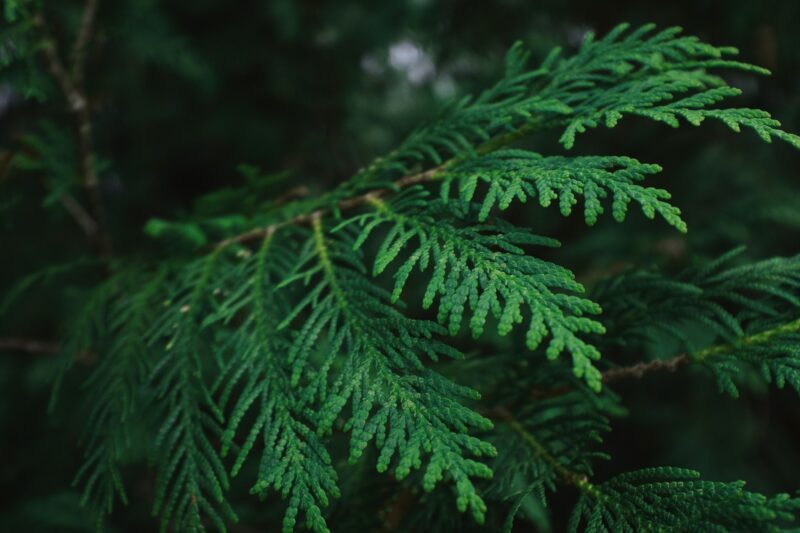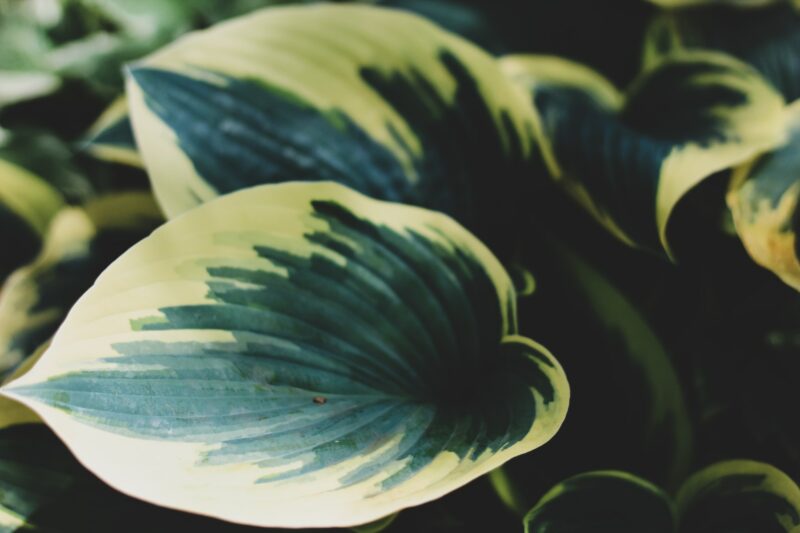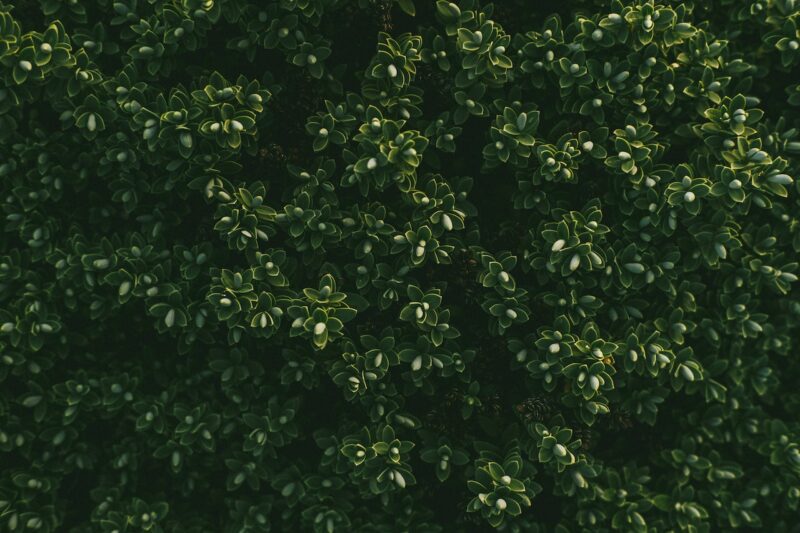
Cedar trees are coniferous trees that are native to the Mediterranean region and the Western Himalayas. They can grow up to 30-40 meters (100 feet) tall, and they have a spicy sweet scent, with broad branches and a thick bark. The leaves of cedar tress are evergreen and needle-like, with the shades of green varying depending on the white wax layer that is there for protection against desiccation. The seed cones are barrel-shaped and disintegrate at maturity to release the winged seed. Meanwhile, the pollen cones are slender and oval, usually produced in late summer, and shed pollen in the autumn.
Uses in Landscaping
Because of their height and dense foliage, cedars are popular ornamental trees, especially in temperate climates such as in southern and western North America. They are especially used as hedges and screens and so create privacy, block the wind, reduce noise, and offer a sophisticated look to your property. There are different types of cedars, but the most common choices for cedar trees for use as a hedge are the Western red variant (aka the giant arbovitae), the Japanese cedar, Eastern red cedar, and the California-incense cedar.
Most cedars are also nicely pyramidal or conical in shape. This, combined with the rich green color of their leaves, make them ideal Christmas trees. If you have one or two trees in your yard, you can decorate them with lights in the winter and can serve as a focal ornament other times of the year.
The Cedrus atlantica, as well as other variants, can also be trained as a bonsai and be kept indoors. It grows slowly and so requires minimal pruning. Watering should only be done when the plant is almost nearly dry, and the plant needs to be in indirect sunlight but receive around six hours of sunlight daily.
Products of the cedar tree, such as cedar wood and cedarwood oil, contains substances that are natural moth repellents. Its wood is also used for shoe trees, as it can absorb moisture and remove odors.
Caring for Cedar Trees
Cedar trees are usually planted on property when they are at least 4 feet tall. A 2-inch layer of mulch around the tree should be kept to prevent dehydration and, in the winter, it may be necessary to cover part of the tree with landscape fabric. Trees should be watered carefully, lest they be overwatered. Diseased or dead branches should be removed, and fertilizer is not usually unnecessary unless the soil is severely stripped of nutrients.
There shouldn’t be a lot of pests infesting cedar trees, but brown or yellow leaves, white cocoons, or black mold are signs of a possible infestation. Should this happen to you, call us at Likas Landscaping, and we can most certainly help you!



